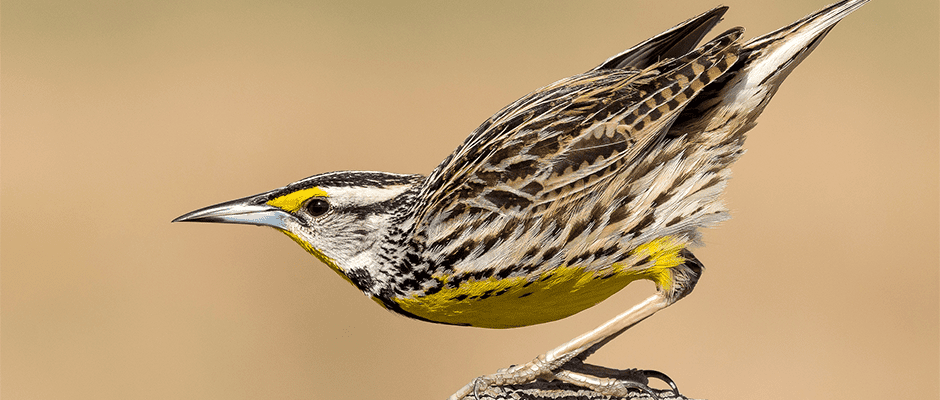Share this article
Climate change winds may bear mixed news for migrating birds
Changing wind patterns due to climate change could bring mixed results for migrating birds. Under future climate scenarios, researchers found, North American birds may find it harder to migrate southward in the fall but easier to fly north in the spring.
“The study opens up a broad range of questions,” said Cornell Lab of Ornithology scientist Frank La Sorte, lead author of the paper in the journal Global Change Biology. “Exactly how will these changes affect birds?”
Cornell Lab of Ornithology researchers used data from 143 weather radar stations to identify not weather but nocturnal migratory bird populations in an effort to estimate the altitude, density and direction of their movements between breeding grounds in North America and wintering grounds in the tropics and subtropics.
They paired that information with wind data from 28 different climate change projections in the most recent Intergovernmental Panel on Climate Change to estimate how changing wind speed and direction might affect them.
They found a mixed blessing for the birds. Westerly winds are projected to increase during spring migration but slightly decrease in the autumn. Southerly winds are expected to increase during both periods. The overall result is greater tailwind support for migrating birds in the spring and less wind assistance in the fall, researchers found.
“Overall I think the positive will outweigh the negative,” La Sorte said. The changes are likely to be gradual, he said, allowing birds to modify their departures to minimize the effects of autumn wind patterns. Spring’s tailwinds, however, could give them a boost that might allow them to arrive to the breeding grounds in better condition, with a better odds of survival.
“There’s good evidence that the birds currently get a nice boost in the spring,” he said. “If anything, 100 years from now, this boost will be greater. They might not necessarily travel faster, but they’ll arrive on the breeding grounds with a greater energy supply, which will benefit breeding activity.”
Changing wind patterns are just some of the impacts migrating birds face, though, La Sorte said. Changes in temperature and rainfall could impact them, as well as habitat loss, especially in their winter ranges.
“These birds are under pressure from a number of different factors operating during different phases of their annual life cycles,” he said.
Header Image: Nocturnal migrating birds, like the eastern meadowlark (Sturnella magna) may find fall migrations harder but spring migrations easier. ©John Sutton








